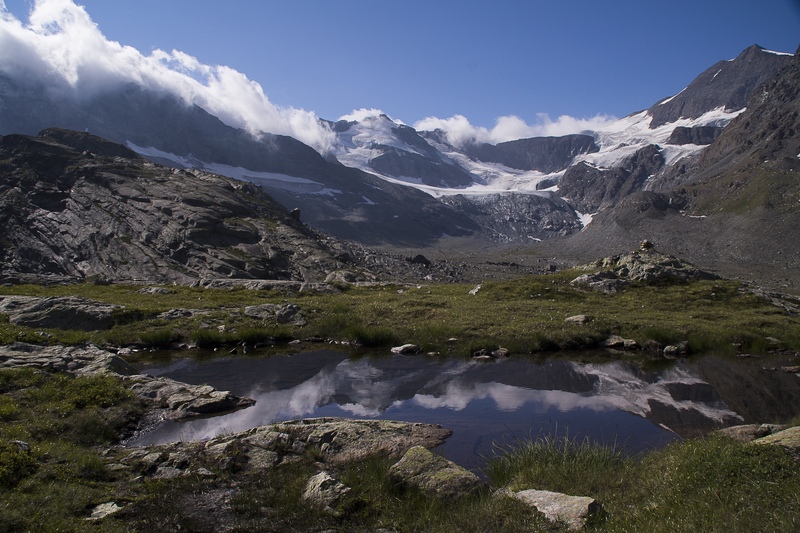Unveiling the Environmental Heritage of University Museums
Landscape and Climate Change
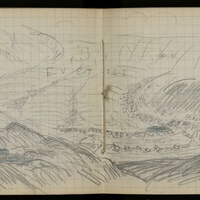
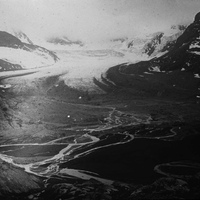

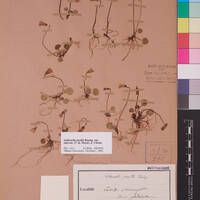
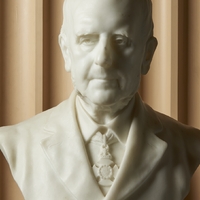
University collections provide useful materials for the study of the impact of climate change on the landscape. The study of glaciers, which began in the nineteenth century thanks to famous scientists such as the geologist Archibald Geikie (1835-1924), gives some particularly compelling examples. His writings contributed significantly to the understanding of the Ice Ages and form the basis of work on glacial erosion still today. In addition, materials collected during scientific glacier expeditions such as drawings, pictures and notes taken by the geographer Emmanuel de Martonne (1873-1955) in 1909 in the French Alps are today extremely important for the understanding of climate change and its impact. Similarly, data on alpine plant ranges collected by botanists enable us to assess the current impact of global warming on ecosystems.



